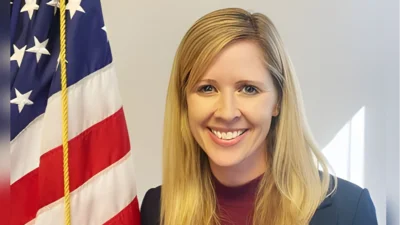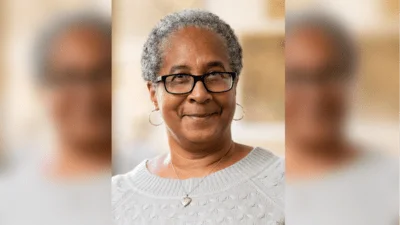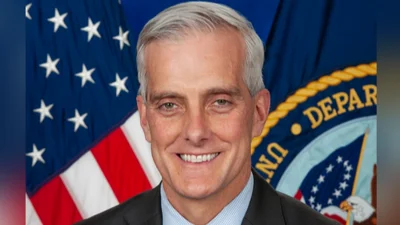What to do if you think you have Monkeypox?
Firstly, are you *sure* it’s monkeypox? It often looks like poison ivy or acne early on. So, if you’re in a high-risk group for monkeypox, may have had a known exposure to monkeypox, AND you haven’t been hiking or gardening or suffer from acne, start with your primary care provider for testing.
The vast majority of monkeypox cases can be managed with treating the symptoms at home.
• DO stay home except for emergencies and medical treatment.
• DO isolate from anyone you share a home with, including pets
• DO cover the rash with gauze and/or bandages.
• DON’T scratch or pop lesions from the rash. It does not help recovery and can spread the rash to other parts of your body, which increases the infection and transmission risks.
• DO keep the rash/skin lesions clean and dry when not showering
• DON'T shave around the area until the scabs have fallen off and new skin is growing.
• DO wash hands often, especially after direct contact with the rash
• If the rash is on your hands, DO wear comfortable, non-irritating gloves when handling common objects or touching surfaces in shared spaces. Disposable gloves are best.
• DO rest and let your body heal.
• DO wear a well-fitting mask when in public until the rash and all symptoms resolve.
• DON’T share linens, towels, or bathrooms with others while symptomatic, if possible. If you only have one bathroom, keep it very clean for the duration of the infection.
• DO keep your surfaces at home very clean!
• DO cooperate with local health department contact tracing and vaccination.
If the rash is itchy or painful, you can use over-the-counter products to help relieve your symptoms. If you need something more powerful, your primary care physician can prescribe stronger medications.
Learn more from the CDC:
https://fal.cn/3rAgI
Original source can be found here.




 Alerts Sign-up
Alerts Sign-up